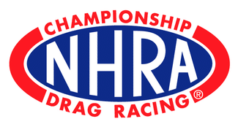Multiple Claims and Insufficient Limits
A single occurrence causes multiple bodily injuries, multiple instances of property damage, or both. Numerous claims are made, liability is reasonably clear, and the fair value of these claims far exceeds the available insurance limits of liability. What’s an insurer to do? Given the wide recognition of an action for bad faith failure to settle (e.g., Voccio v. Reliance Ins. Cos., 703 F.2d 1, 2 (1st Cir. 1983) (“Most ‘bad faith’ cases involve an insurance company’s refusal to accept an offer of settlement within the available policy limits.”), insurers are likely to be confronted with a damned if you don’t, damned if you do dichotomy. See 2-5A The Law of Liability Insurance §5A.13 (Matthew Bender & Co. 2009) (describing it as a “perplexing dilemma” and discussing various approaches to the problem). Many states’ unfair claims settlement practices laws prohibit insurers from “[n]ot attempting in good faith to effectuate prompt, fair and equitable settlements of claims in which liability has become reasonably clear.”









